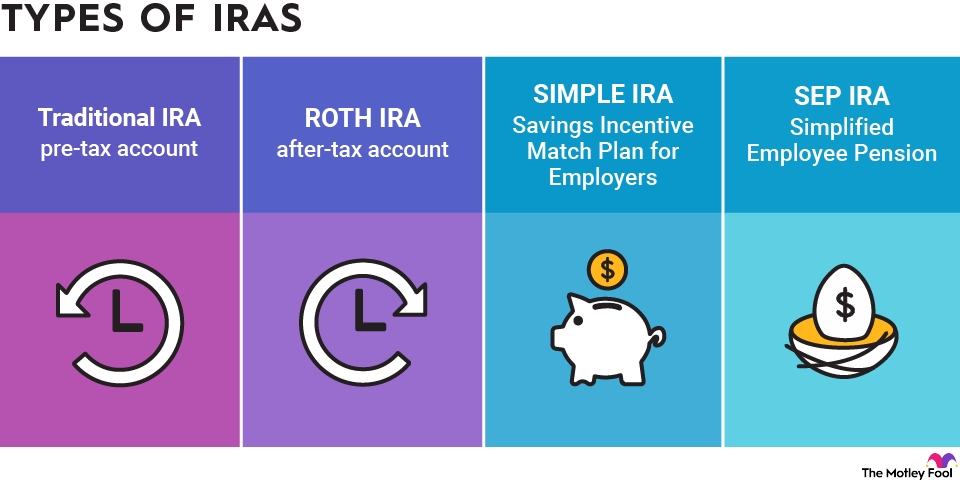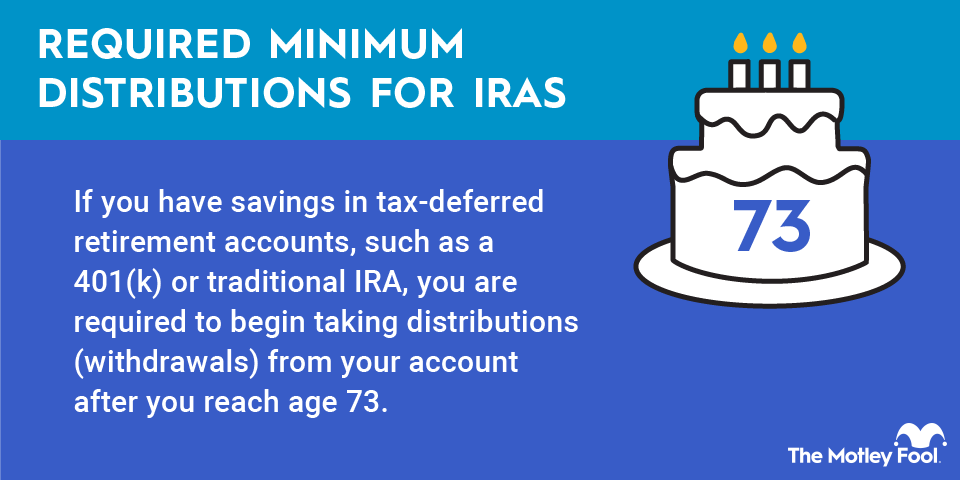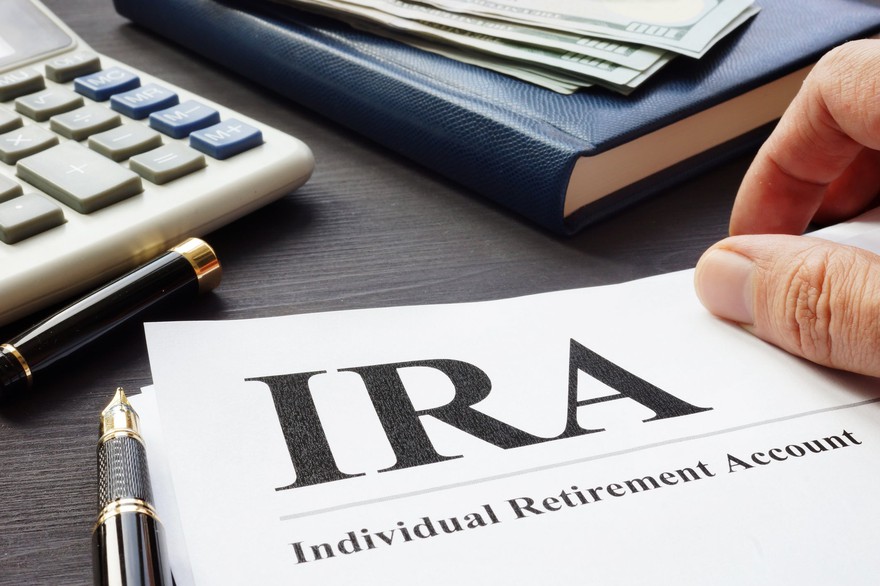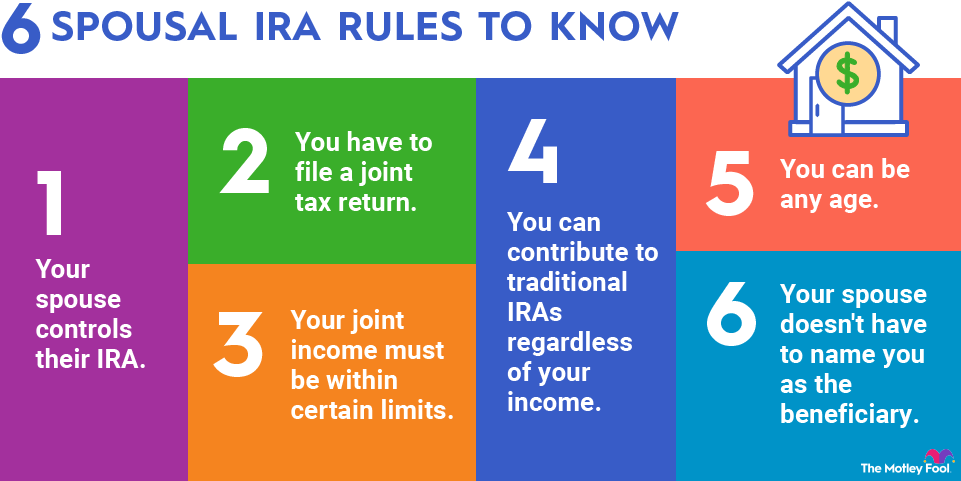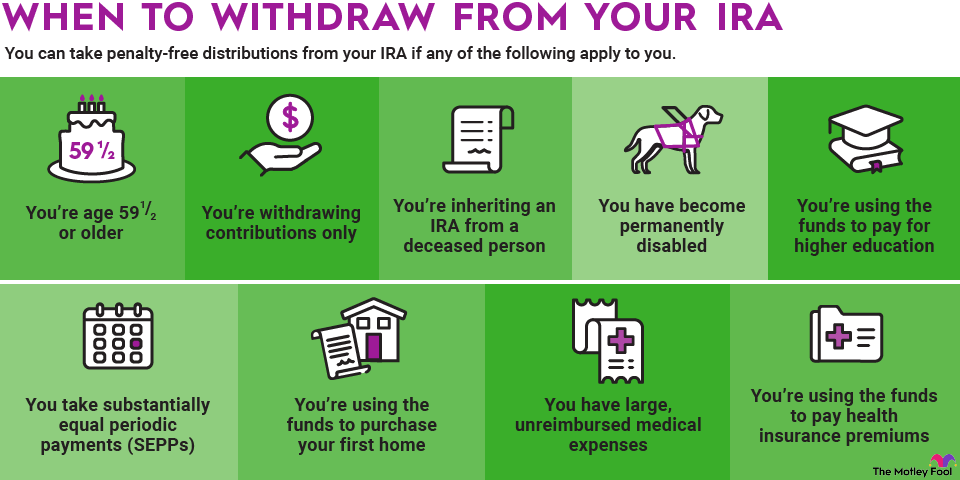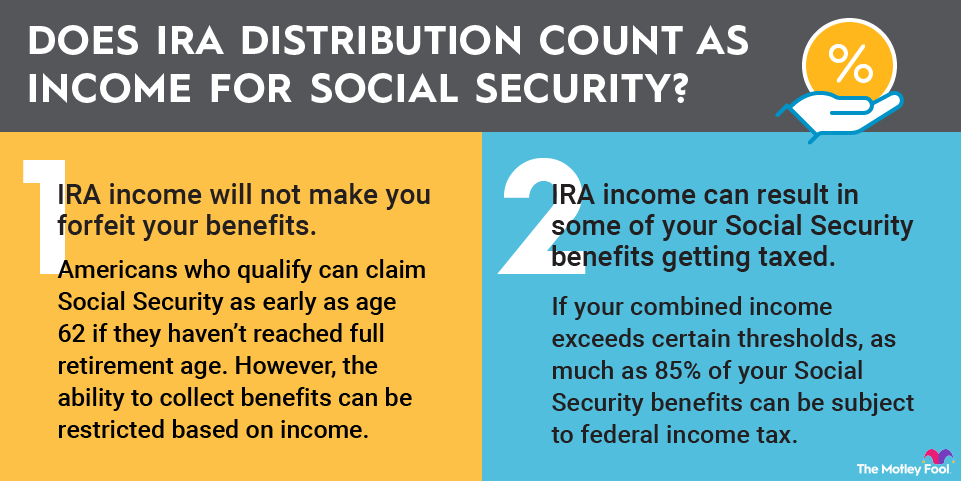- 25% of employee compensation
- $70,000 in 2025
For self-employed workers, the 25% limit is based on net income. To calculate the maximum contribution, you must subtract any SEP-IRA contribution you plan to make, as well as the employer portion of payroll taxes, from gross income. Usually you'll end up being able to contribute around 20% of gross income after doing this calculation.
You're not allowed to make catch-up contributions to a SEP-IRA, regardless of your age. However, contributions do not affect your ability to make regular contributions or catch-up contributions to a Roth IRA. You can also make deductible contributions to a traditional IRA as long as your income isn't too high for you to qualify.
SIMPLE IRA contribution limits
SIMPLE (Savings Incentive Match Plan for Employees) IRAs are also commonly used by small businesses and can receive contributions from employees and employers. Contributions are made with pre-tax funds, like traditional IRAs.
Employees are allowed to make contributions out of their salaries of up to $16,500 in 2025. Employees older than 50 are eligible to make catch-up contributions of up to $3,500 in 2024 and 2025.
The SECURE 2.0 Act made some changes to SIMPLE IRAs that will allow some workers to save even more. Participants in plans offered by employers with no more than 25 employees can contribute up to $17,600 to SIMPLE IRAs in 2024 and 2025 with a catch-up contribution of $3,850 for participants 50 and older.
These higher limits may also be available to SIMPLE plan participants if the company has 100 or fewer employees and provides either a 4% matching contribution or a 3% nonmatching employer contribution, instead of the 3% matching contribution or 2% nonmatching contribution outlined below.
Finally, a new rule change will allow adults age 60, 61, 62, and 63 to make a higher catch-up contribution of $5,250 in 2025. This did not apply in 2024.
Employee contributions are considered "elective deferrals," so they count toward the combined annual limit employees can make to all plans accepting elective deferrals, including 401(k) plans. This means that if you contribute to a SIMPLE IRA, you will reduce the amount you can contribute to a 401(k).
Employers are required to make matching contributions to SIMPLE IRAs using one of two approaches:
- They can make nonelective contributions of 2% of compensation up to a compensation limit of $350,000 in 2025 ($345,000 in 2024). This means employers must contribute to all workers' SIMPLE accounts, whether the workers contribute any funds of their own or not.
- They can match employees' salary-reduction contribution dollar for dollar up to 3% of compensation, which is not subject to the $350,000 compensation limit ($345,000 in 2024).
Employers are allowed to reduce the 3% matching contributions, but they may not reduce them below 1% -- and employers cannot reduce the contribution below 3% for more than two calendar years out of the five-year period ending in the calendar year the reduction is effective. Employers must also give employees a reasonable time to decide how much to contribute.
Do IRA rollovers count as contributions?
IRA rollovers occur when a worker rolls over money from a tax-advantaged retirement account into an IRA. For example, if you leave your job, you could roll over your 401(k) into your traditional IRA.
Rollovers do not count toward annual contribution limits or affect your ability to make contributions to your retirement accounts.
Making excess IRA contributions has consequences
Excess IRA contributions are subject to a 6% tax penalty. This penalty applies for each year in which the excess amount remains in your retirement plan.
To avoid being subject to this penalty, you must withdraw the excess contribution and any income earned from it by the due date of your individual income tax return, including extensions. So during a typical tax year, you must withdraw the excess contribution by April 15, or Oct. 15 if you filed for an extension.
Keep an eye on changes to the IRA contribution limits over the years, particularly if you like to max yours out, if you're a high earner, or if you're contributing to multiple retirement accounts. This can help you avoid running into trouble with the IRS.
Related retirement topics




